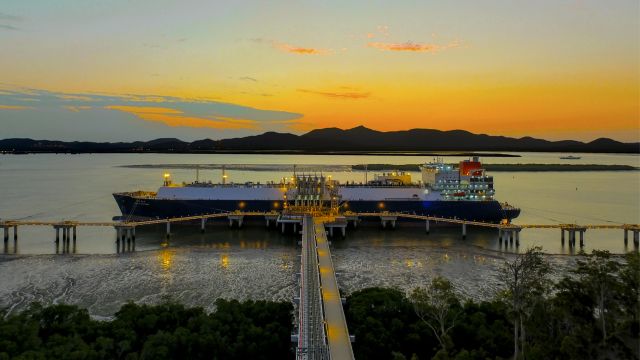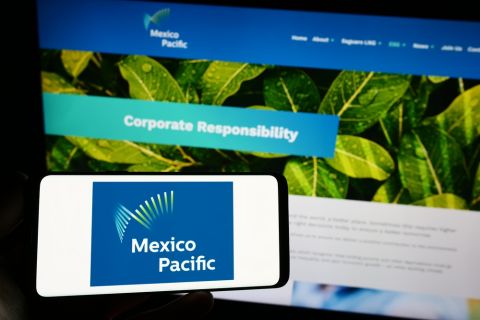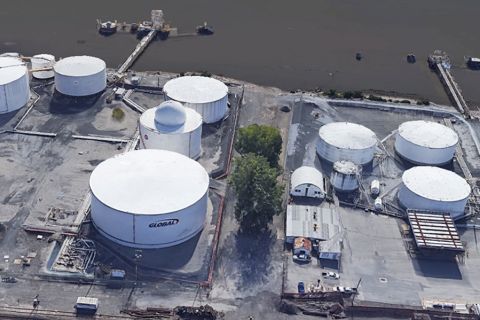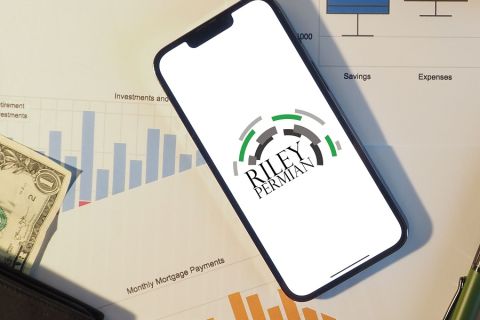
Learn more about Hart Energy Conferences
Get our latest conference schedules, updates and insights straight to your inbox.
The lack of infrastructure has been a consistent theme during this initial wave of LNG exports from the U.S.
With demand for U.S. LNG continuing to ramp up globally, exporters are trying to get out of infrastructure problems for the next LNG wave, according to an 85-page study by BTU titled “Getting to the Gulf. Can We Supply Wave 2 LNG?”
But a concern addressed in the BTU report is that the midstream sector may over-correct the first wave by overbuilding to deal with the anticipated LNG export demands, particularly along the Gulf Coast.
“We have an extreme propensity in U.S. markets to overbuild infrastructure,” BTU analyst Anthony Scott said during a conference call to discuss the study on Sept. 4. “If you look at LNG imports as an example many of the LNG export facilities exist today because they were LNG import facilities that were ultimately never utilized.”
RELATED:
- What’s Affecting Gas Prices? (Week Of Sept. 10, 2019)
- Natural Gas: Bigger Market, Tougher Forecast
- Freeport LNG Raises $1.025 Billion For Train 4 Expansion
This next wave of LNG demand, which the BTU analysis believe will last through 2030, will be much greater than it is now, especially with China and other Asian nation demanding more and more of the natural gas resource. The anticipation has brought about more investment projects for additional pipelines from natural gas producing basins like the Permian, Haynesville and Eagle Ford as well as export facilities around the Gulf Coast, in Beaumont, Texas, and Louisiana.
Many of the projects have either started or are entering final investment decision (FID). But some are on hold as investors hope to get a clearer picture of the growth as exporters look to move production to market during Wave 2 LNG. Increased regulations from government at the state and federal levels also figure to delay or kill projects, which could affect pricing.
“In the long run, you look at the growth in China and Asia and the global push towards gas and away from coal there is a lot of desire to feed that demand in the long term to the extent that it comes to fruition fast,” Scott said. “Particularly concerning is the regulatory environment here changes in a way that getting supplies into these facilities becomes a long-term structural challenge. It could price that capacity out of the global market.”
BTU forecasts that LNG demand will hit 15.1 billion cubic feet per day (Bcf/d), or 115 mtpa, of exports by 2030. The Wave 2 LNG forecast factors in risk to global growth and the ability to consistently supply coast-competitive natural gas to facilities.
The study points at the expected level of demand could be met by the facilities that are already reaching FID. But if all the projects that are in FID and those that are expected to get funded are built then utilization of total U.S. export capacity may not reach capacity.
The regulatory environment could affect pipeline infrastructure and ultimately what gets built and what doesn’t. Investors certainly want to avoid the bottlenecks that seemed to define the first wave of LNG.
“Building new pipeline and infrastructure in the US is getting incrementally harder basically on a day to day basis,” Scott said.
The Atlantic Coast and Appalachian pipelines have become known for anti-pipeline battles and delays. Currently, Atlantic Coast Pipeline has put construction on hold because of the delays.
“So as we think about building this Wave 2 it is not a guarantee that those pipelines can be constructed particularly if they need to go through area where the regulatory environments have gotten more challenging,” Scott said. “Unfortunately for most of these projects, they are all going to be interstate pipelines, unless you are going in the state of Texas and subject to the FERC review process, So that potentially adds significant delays and potential for cost overruns.
“And it’s not just projects in Appalachia that have seen FERC delays.”
Scott says even the Permian has had to fight to keep projects from being delays or held up. Those delays are having ramifications on costs.
“What use to be a relatively straight forward process with FERC, now you have delays and potential stoppages all along the way and that just adds costs,” Scott said. “Part of the study is what we’ve done is really analyze what those costs might look like for that new build infrastructure.”
Recommended Reading
Mexico Pacific Appoints New CEO Bairstow
2024-04-15 - Sarah Bairstow joined Mexico Pacific Ltd. in 2019 and is assuming the CEO role following Ivan Van der Walt’s resignation.
Global Partners Declares Cash Distribution for Series B Preferred Units
2024-04-15 - Global Partners LP announced a quarterly cash dividend on its 9.5% fixed-rate Series B preferred units
W&T Offshore Adds John D. Buchanan to Board
2024-04-12 - W&T Offshore’s appointment of John D. Buchanan brings the number of company directors to six.
73-year Wildcatter Herbert Hunt, 95, Passes Away
2024-04-12 - Industry leader Herbert Hunt was instrumental in dual-lateral development, opening the North Sea to oil and gas development and discovering Libya’s Sarir Field.
Riley Permian Announces Quarterly Dividend
2024-04-11 - Riley Exploration Permian’s dividend is payable May 9 to stockholders of record by April 25.





